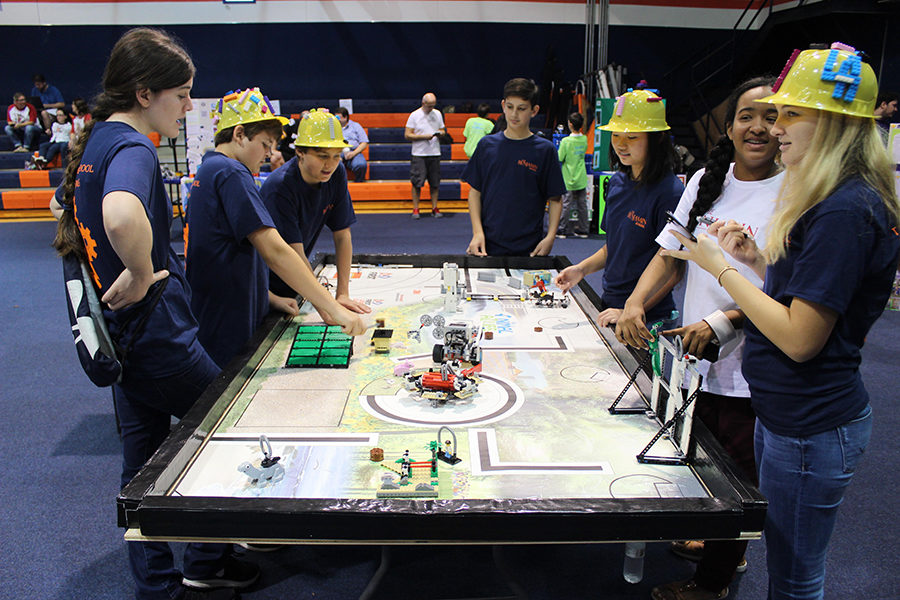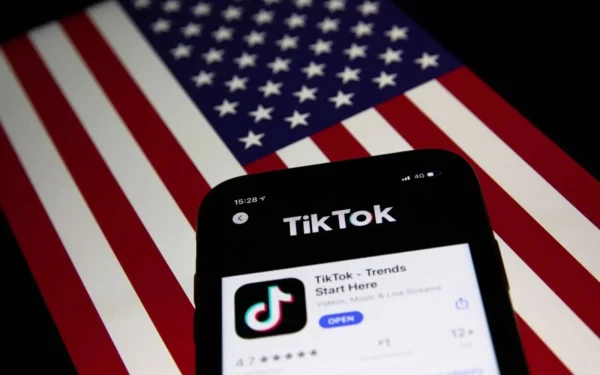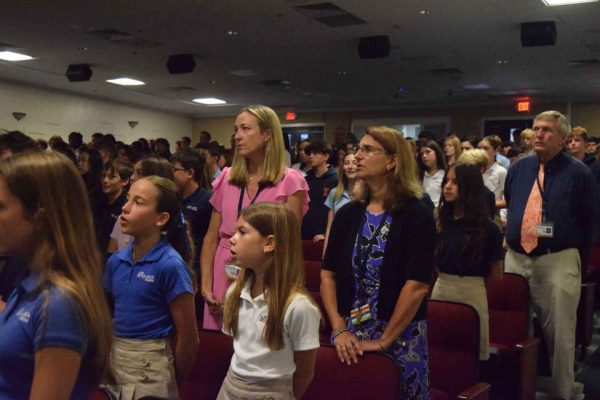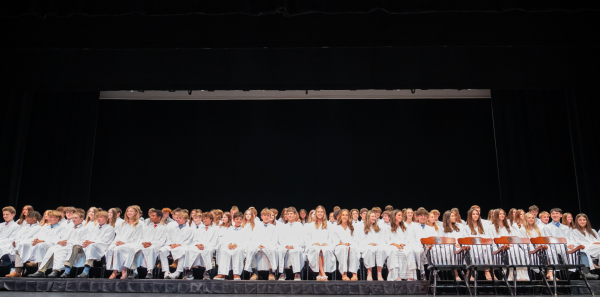Middle School Hosts First Lego League Competition
Members of the Middle School Benjineers team use one of the practice tables to test out their EV3.
Lego is more than just its variety of building blocks (or “bricks”) and playsets – it now encompasses retail stores, video games, seven amusement parks located throughout the world, original movies featuring its products, and even a clothing line.
In addition, in 1999, Lego created a robotics line of toys called “Mindstorms” which began with a programmable brick developed at the MIT Media Lab. The Mindstorms line has continued to evolve and has become the centerpiece of thousands of worldwide robotics competitions.
The Benjamin Middle School hosted its inaugural First Lego League competition on Sunday, January 22 in the gym, and it introduced the Middle School Robotics Club (aka The Middle School Benjineers, who borrow their name from their upper school counterparts) to the world of Lego programming. This year’s Middle School Benjineers team was made up of a group of seventh and eighth graders: Ignas Berciunas, Carol Chen, Lucas Cotronakis, Madeline Hart, Lexi McCulla, Jake Mendelsohn, Cade Odom, Alexander Nussbaum, Tommy Rose, and Jake Zur.
At the qualifying tournament held at TBS, there were a total of 16 schools and organizations from different parts of Florida vying for the chance to advance to the regional competition. Some of the teams included North Broward Preparatory School, Pine Crest School, and the the St. Lucie Boys and Girls Club.
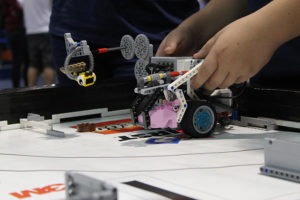
Eighth grader Tommy Rose sets the team’s EV3 at the starting position on the table to carry out its first task.
The main goal of the qualifying tournament, which carried the theme of “Animal Allies,” was to have the latest Mindstorms models, the EV3 machines, carry out specific commands on a flat table involving animals made from Legos. For example, some tasks included “rescuing” a chameleon from a wall and taking “food” from a refrigerator and delivering it to designated areas where various animals were situated on the table.
“Unfortunately, [our] robot design challenge did not go very well,” said Science Department Chair and club advisor Ms. Gabriele St. Martin. “Had it gone a little better, [the students] would have gone on to regionals,” she said.
Along with the EV3 challenge, each team was also charged with presenting a solution to an issue that existed between man and animal. This not only
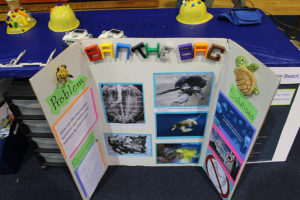
The cardboard poster illustrates the Benjamin team’s plan to “ban the bag” and help save the turtles.
tied into the “Animal Allies” theme, but also challenged students to think constructively about how they could positively impact their community and the ecosystem. The Middle School Benjineers chose to solve the problem that plastic grocery bags pose to the sea turtles which live all along Florida’s coasts.
In many cases, all sorts of turtles – loggerhead, green, leatherback, hawksbill, and Kemp’s ridley – mistake the bags for jellyfish and eat them. This often leads to asphyxiation and death. The team created a public service announcement video about the issue and went to several city council meetings throughout different communities to present their idea of banning plastic bags from grocery stores. Many of the municipalities, including North Palm Beach and the island of Palm Beach, agreed to help ban the bags. For their efforts in this category of the qualifying tournament, the Middle School Benjineers took home first place.
And while the TBS team didn’t qualify for the regional tournament, the students still enjoyed competing and gained
a lot of experience.
“I had a lot of fun building and programming the robot,” said eighth grader Jake Mendelsohn, who also helped create the team’s public service announcement. “The competition was a good training ground, and hopefully we continue to improve in high school.”
